- Home
- Articles
- Architectural Portfolio
- Architectral Presentation
- Inspirational Stories
- Architecture News
- Visualization
- BIM Industry
- Facade Design
- Parametric Design
- Career
- Landscape Architecture
- Construction
- Artificial Intelligence
- Sketching
- Design Softwares
- Diagrams
- Writing
- Architectural Tips
- Sustainability
- Courses
- Concept
- Technology
- History & Heritage
- Future of Architecture
- Guides & How-To
- Art & Culture
- Projects
- Interior Design
- Competitions
- Jobs
- Store
- Tools
- More
- Home
- Articles
- Architectural Portfolio
- Architectral Presentation
- Inspirational Stories
- Architecture News
- Visualization
- BIM Industry
- Facade Design
- Parametric Design
- Career
- Landscape Architecture
- Construction
- Artificial Intelligence
- Sketching
- Design Softwares
- Diagrams
- Writing
- Architectural Tips
- Sustainability
- Courses
- Concept
- Technology
- History & Heritage
- Future of Architecture
- Guides & How-To
- Art & Culture
- Projects
- Interior Design
- Competitions
- Jobs
- Store
- Tools
- More
Engineering Roofs for Weather: Regional Needs and Material Strategies
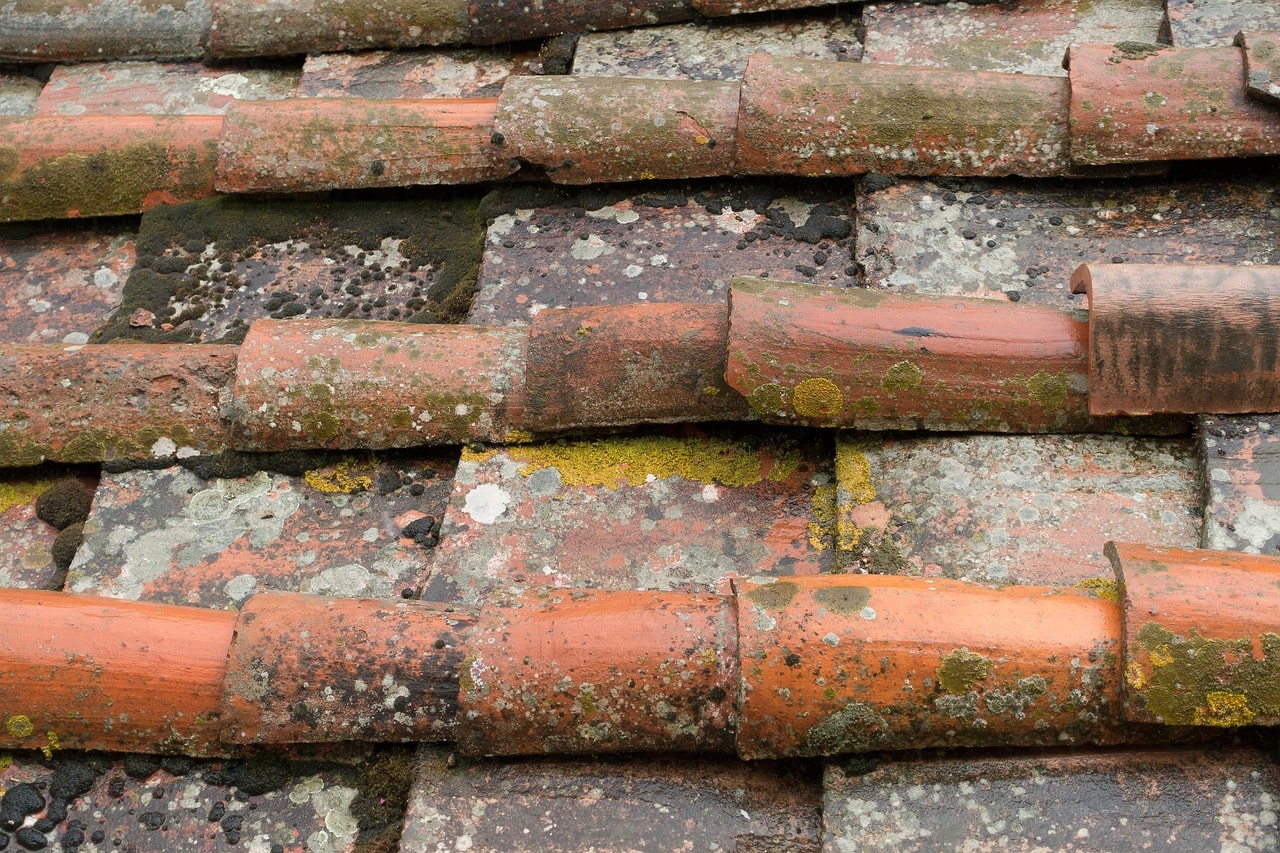
Weather patterns significantly impact how roofs are designed and constructed. Different regions experience varying climates, influencing the materials and engineering practices necessary for successful roofing solutions. Consequently, understanding regional weather demands can help property owners and builders select appropriate roofing systems that adhere to local codes and enhance the longevity and performance of the structure. In this article, we will explore several factors that drive the engineering of roofs concerning weather and suggest suitable material strategies tailored to specific regional requirements.
Table of Contents
ToggleUnderstanding Regional Climate Variations
Climate plays a pivotal role in determining the right roofing approach. Areas prone to heavy snowfall require roofs capable of bearing substantial weight, while regions with high wind speeds necessitate aerodynamic designs. Temperature fluctuations can lead to material fatigue and shrinkage. The National Oceanic and Atmospheric Administration (NOAA) reported that the average annual snowfall in some states can exceed 100 inches, directly influencing roof sloping and material choices. In contrast, temperate regions dealing with rainfall may opt for materials resistant to mold and mildew. Understanding the local weather patterns is essential when planning a roofing project. Knowledge of average temperatures, precipitation types, wind speeds, and even UV exposure can shape decisions about materials and design choices. Homes in warmer climates might benefit from a reflective roofing system that minimizes heat absorption, enhancing energy efficiency.
Selecting the Right Materials
Materials used in roofing confer varying benefits based on local climates. Typically, asphalt shingles are a popular choice due to their affordability and ease of installation. In areas facing extreme weather conditions, other materials might be warranted. Metal roofs are highly effective in windy regions as they are less likely to detach or sustain damage. They reflect sunlight, contributing to energy efficiency, particularly in sunnier locales. In areas where humidity and rainfall are common, choosing materials such as clay tiles or synthetic slate can offer durability against water damage. These materials are superior in waterproofing and can withstand a significant level of climate stress. Incorporating proper ventilation systems can further extend the life of these materials by creating a barrier against moisture accumulation and heat evaporation.
Engineering Roofs to Withstand Winds and Hurricanes
In hurricane-prone areas, homeowners must ensure their roofs can withstand sustained winds exceeding 110 miles per hour. Roofs in these regions often require enhanced structural integrity involving stronger trusses and sheathing.
Employing materials that meet or exceed wind uplift standards is vital. According to the Institute for Business & Home Safety (IBHS), roofs should be designed with features like roof-to-wall connections fortified to prevent the roof from becoming dislodged during intense storms.
Those in coastal regions should be mindful of saltwater exposure, which can lead to corrosion in metal components. Designers often recommend using corrosion-resistant materials to prolong the lifespan of roofs in these vulnerable environments. Advanced engineering techniques, such as aerodynamic roof shapes, can help minimize wind resistance. Engaging experts who specialize in roofing design for hurricane zones can prove invaluable in ensuring safety and stability.
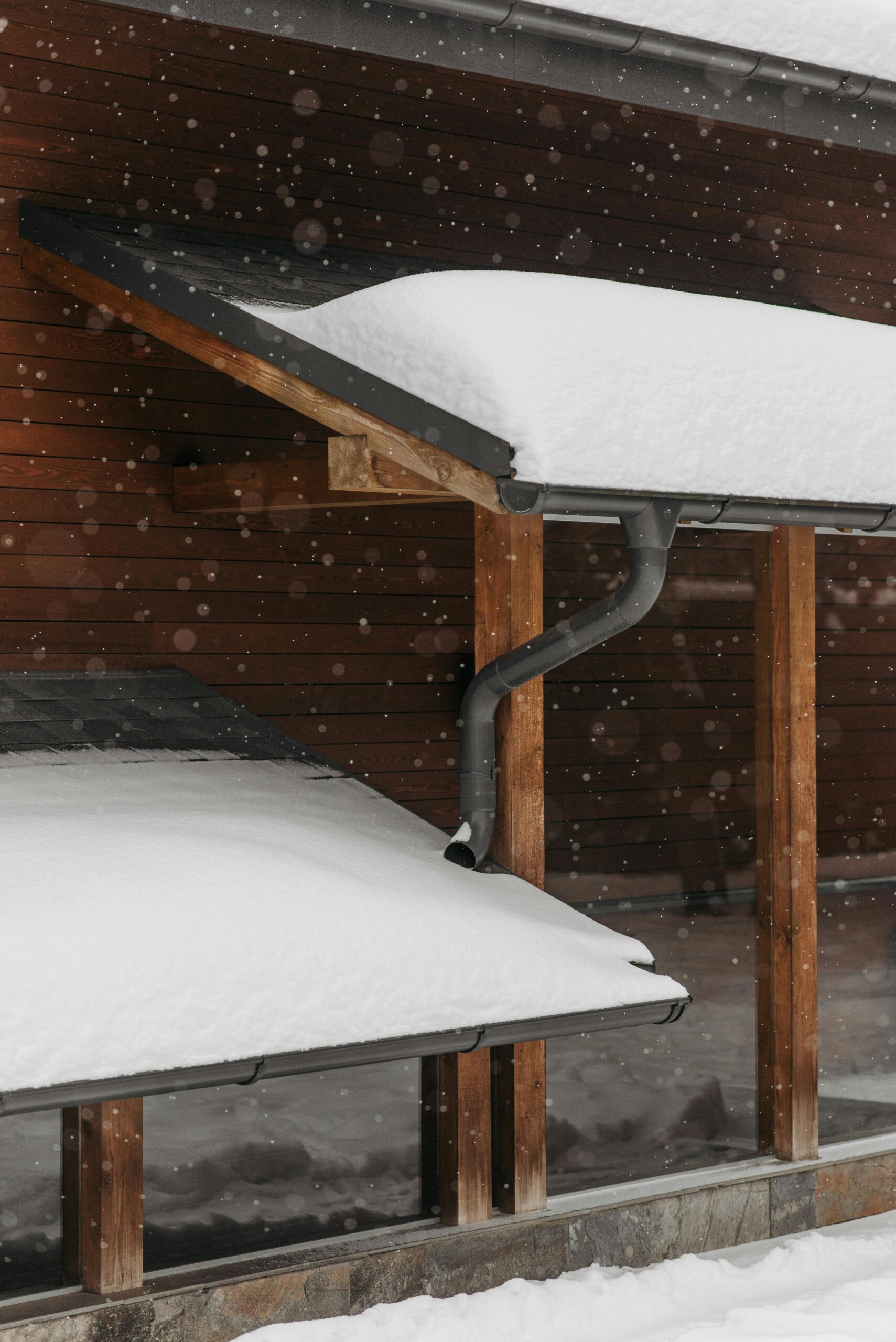
Roof Maintenance in Different Regions
Regardless of climate or building type, regular roof maintenance remains critical to prolonging a roof’s lifespan. Routine inspections can help identify wear and tear due to environmental factors. In regions with heavy rainfall, ensuring gutters are unclogged is vital to prevent water pooling and damage. Similarly, ensuring that the roofing surface remains clean and free from debris ensures performance longevity. Regions with severe temperature fluctuations may necessitate more frequent inspections as materials may expand and contract, leading to cracks or gaps.
By establishing a proactive maintenance schedule, homeowners can address issues before they become critical problems, potentially saving significant repair costs in the long run. Implementing a dedicated maintenance strategy with a local roofing crew allows for timely assessments tailored to local needs. Regular roof maintenance, when adapted to regional conditions, is one of the most effective ways to protect a home and preserve its structural integrity.
Heat Management in Various Climates
Heat management is another critical consideration in roofing design, particularly in arid regions. High temperatures can lead to increased energy consumption, as cooling systems work harder to maintain comfortable indoor conditions. Reflective roofing materials, such as tiles coated with special reflective granules, can send a portion of sunlight back into the atmosphere, thereby reducing heat absorption.
Insulation plays a crucial role in minimizing heat transfer, enhancing energy efficiency and occupant comfort. Conversely, colder climates require roofs designed to capture warmth. Once again, materials must be assessed for insulating properties, considering their ability to manage heat loss efficiently. Multi-layered roofing systems can mitigate heat escape during the winter months while still protecting against snow and ice. Involving an understanding of thermal dynamics can help optimize roof design for specific heat management needs.
Ensuring Environmental Sustainability
As climate change perspectives grow, environmentally friendly roofing options gain traction. Consumers increasingly prioritize sustainable materials that provide longevity while minimizing environmental impact. Many options, such as green roofs or living roofs, can enhance urban landscapes and improve air quality. These roofs can absorb rainwater and create thermal insulation while encouraging biodiversity. Although the upfront cost may exceed traditional roofing systems, the long-term savings and environmental benefits prove advantageous.
Using recycled materials can yield a positive effect on the environment. Materials such as rubber roofing made from reclaimed tires are becoming popular due to their lower environmental footprint. When selecting roofing materials, it’s essential to weigh their sustainability against their performance and cost implications. Collaborating with a knowledgeable roofing contractor familiar with eco-friendly solutions can aid in making the right decision.
Through understanding local climate demands, selecting appropriate materials, and emphasizing regular maintenance, homeowners can significantly enhance the durability and effectiveness of their roofing. Engaging with professionals who possess the pertinent knowledge of regional specifications ensures roofs can withstand the challenges posed by their environment. Mastering the intersection between local weather patterns and engineering can yield roofs that remain durable, energy-efficient, and sustainable, thus serving homeowners well into the future.
illustrarch is your daily dose of architecture. Leading community designed for all lovers of illustration and #drawing.
Submit your architectural projects
Follow these steps for submission your project. Submission FormLatest Posts
Best Practices for Roof Inspections and Maintenance
On most projects, the roof spends decades out of sight while carrying...
Sunny Days, Secure Roof: Simple Steps to Shield Your Home
Your home is more than just a place to live—it’s a sanctuary....
Simple and Stylish Roof Ideas for Homeowners
When designing your home, don’t overlook the roof. It’s essential for both...
Key Qualities to Look For in a Residential Roofing Contractor
Choosing a residential roofing contractor involves careful consideration. The roof is a...



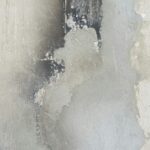




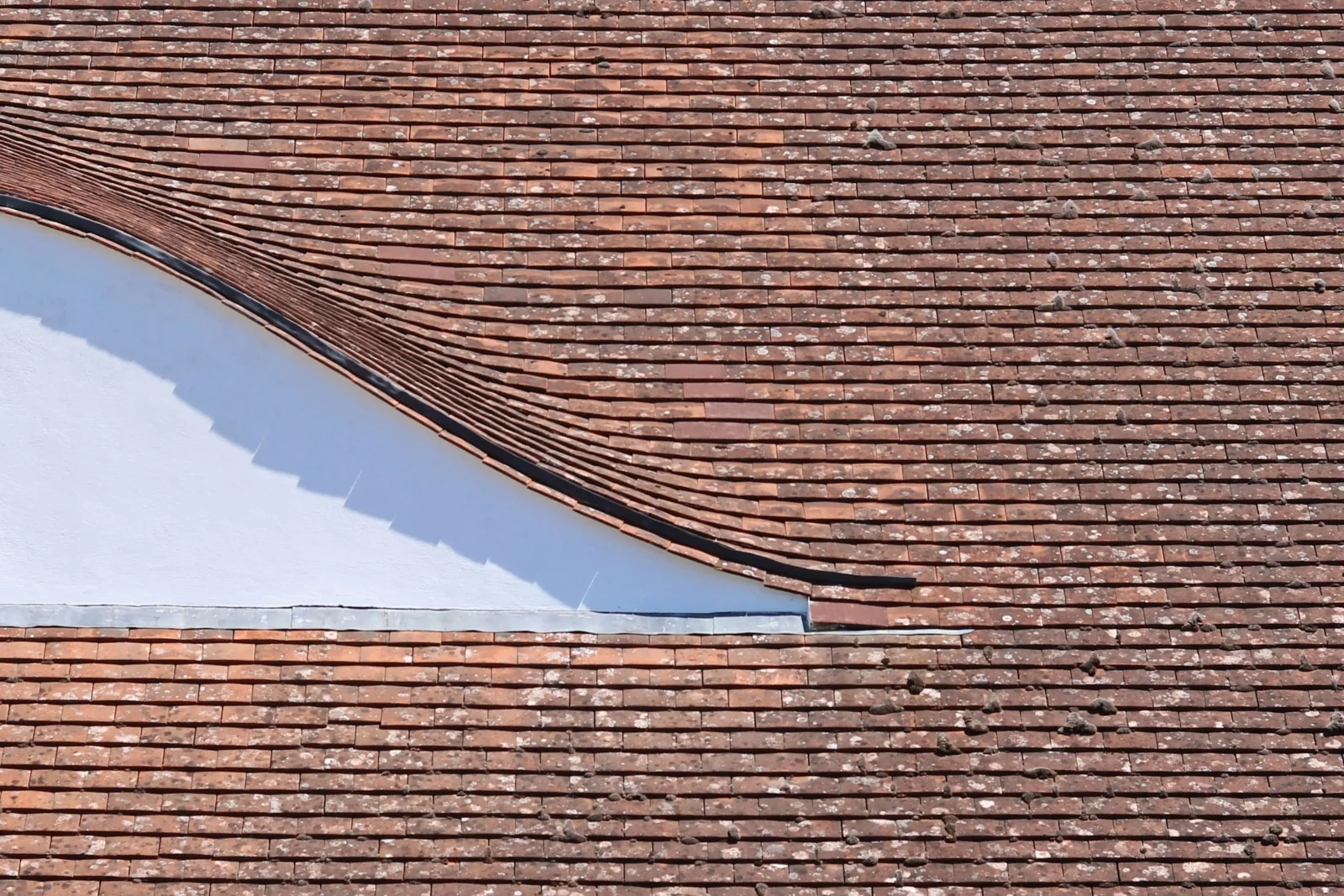
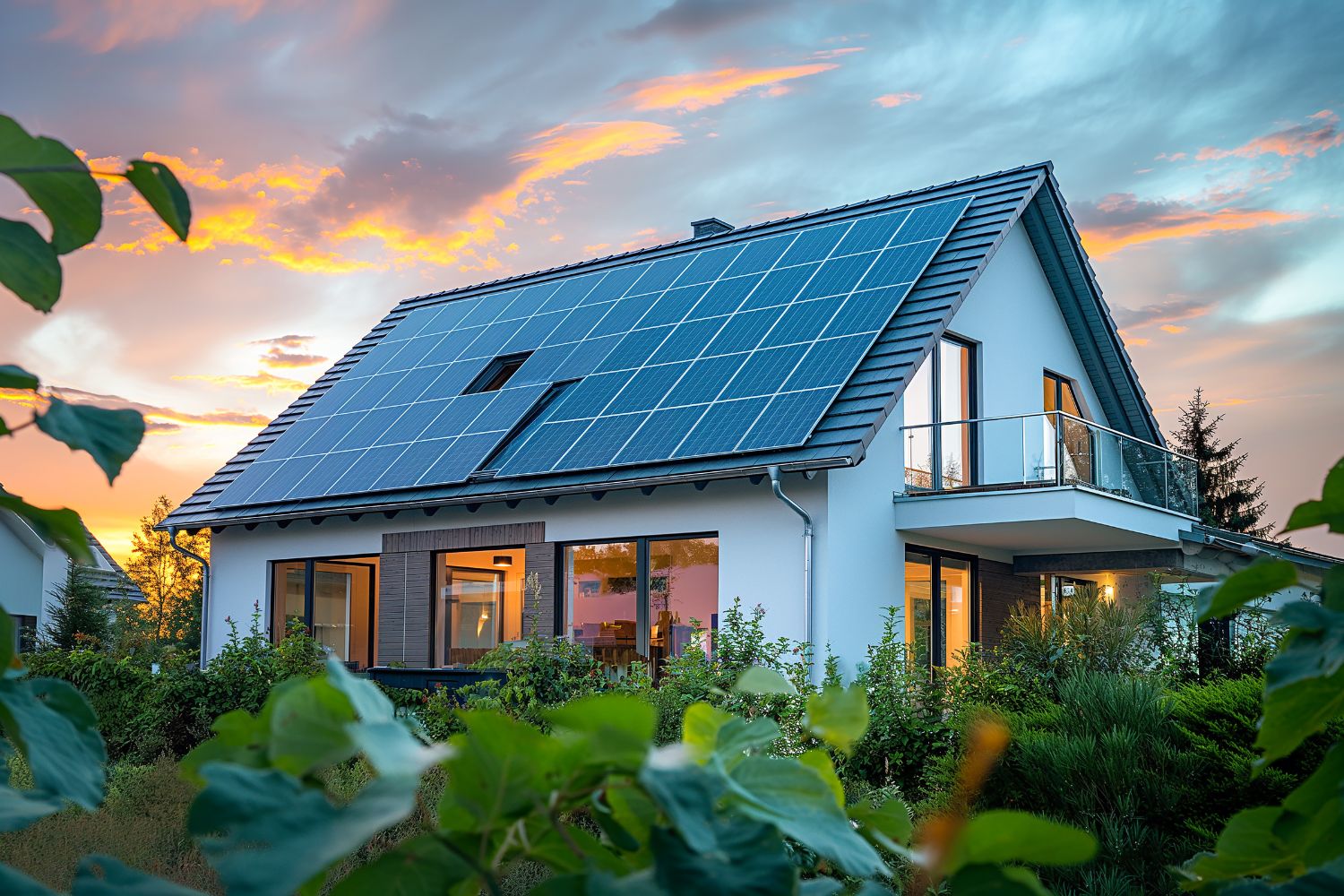
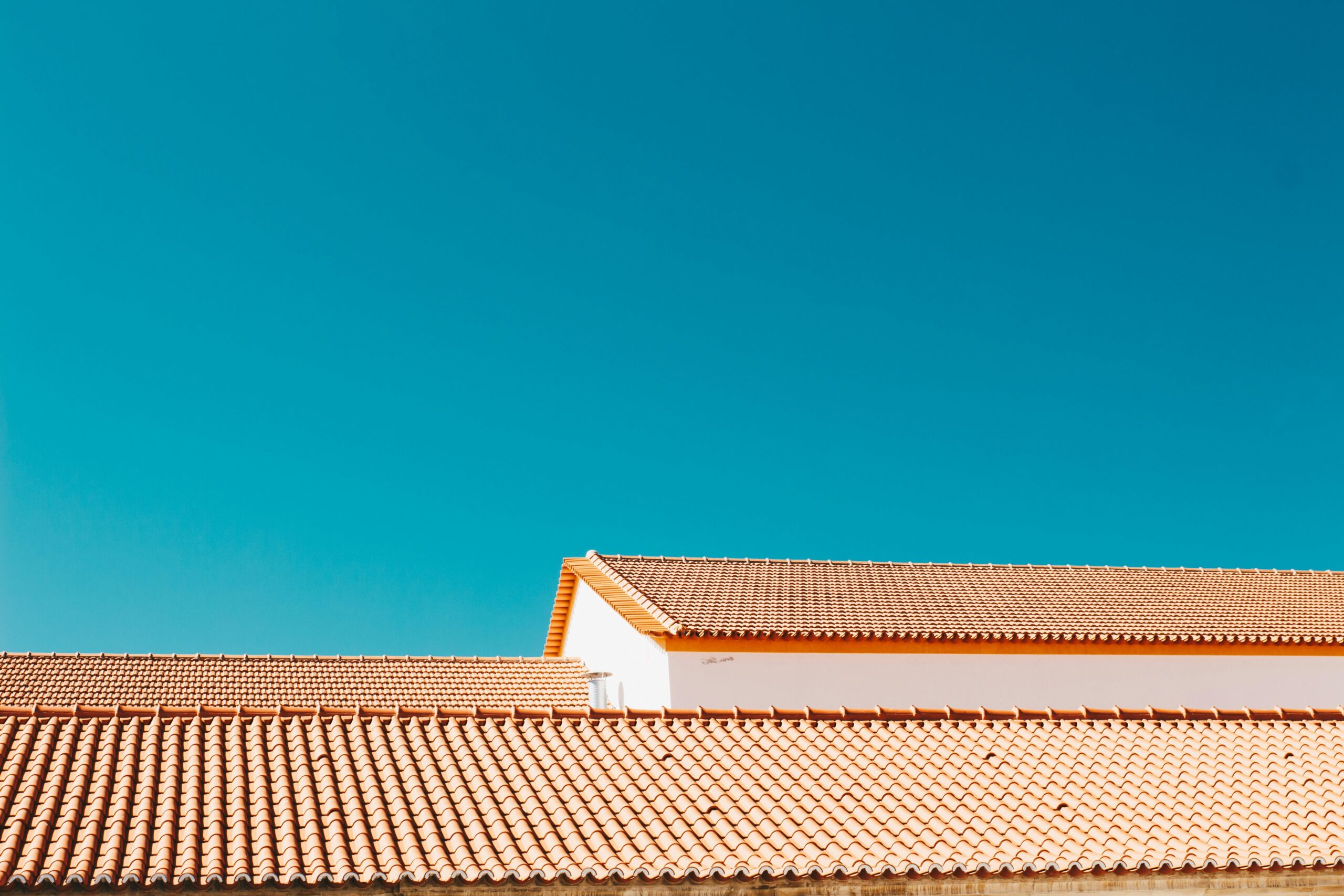

Leave a comment